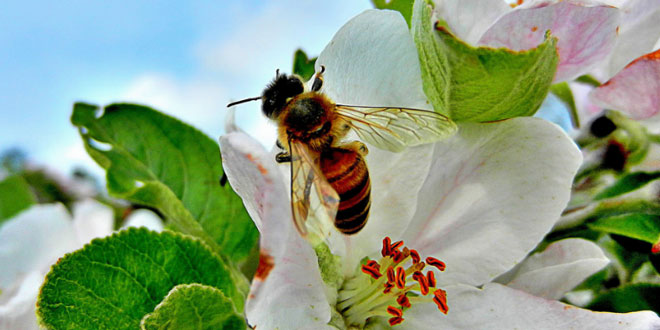Question: What are advantages of vegetative reproduction.
Answer: Vegetative reproduction is very useful to plant growers because of the following reasons:
- It allows them to produce new plants quickly.
- The plants produced by this method are exact copies of the parent plant.
- Plants propagated vegetatively usually need less attention than plants grown from seeds, in the early stages of growth.
- New varieties of plants having required characteristics can be developed by this method.
Question: Why is dispersal of seeds necessary? Name the agents of dispersal giving one example each of a seed that is dispersed by them.
Answer: A plant produces a large number of seeds. If all these fall below the plant and start growing they will not get enough space, water, minerals and the sunlight, and they will not develop into healthy plants. Many of them may even die. Nature has arranged some agents of dispersal, by which the seeds of a plant get scattered over a large area. This is called dispersal of seeds.
- Dispersal by Wind – Seeds of cotton or dandelion have tiny hair surrounding them, while the maple seed has wings attached to it.
- Dispersal by Water – The coconut seed has a thick coat of fibre that enables it to float in water.
- Dispersal by Animals – Some seeds such as xanthuim and tiger nail have hooks or spine which help them to stick to the fur of animals or to our clothes and get carried away.
- Explosion of fruit – Some seed are dispersed when the fruit burst with sudden jerks and the seeds are scattered far from the parent plant. For example – geranium, balsam and pea burst on drying.
- Dispersal by Human being – They also play an important role in seed dispersal especially during plantation and farming. They also transport fruits which also help in the dispersal of seeds.
Question: What happens to a flower after fertilization?
Answer: After the formation of the zygote, the petals, sepals and stamens wither away and fall off. Often the style and the stigma also fall off. Only the ovary remains. The ovules in the ovary contain a supply of food. The zygote takes in this food and begins to grow by cell divisions.
In some time, it becomes an embryo. Meanwhile, the walls of the ovules develop hard layers and form seeds. Thus, seeds consists of a young plant, with stored food sealed within a hard layer.
Question: Explain the process of tissue culture.
Answer: In this method, a piece of tissue is cut off from the growing tip of a plant. The cells are separated and kept in a nutrient medium under controlled conditions. The nutrient medium contains hormones that make the cells divide and form groups of cells. Roots also develop. These are then kept in a different nutrient medium containing hormones that enable shoots to develop. The different plantlets can now be grown in pots of soil. Chrysanthemums, orchids, asparagus and many other plants are grown by this method.
Question: Explain the following: cutting, layering and grafting.
Answer: Cutting: In this method, a healthy young branch of plant having leaf buds is cut off and planted in moist soil. The cutting develops roots and grows into a new plant. This method is used to propagate plants like rose, bougainvillea and sugar cane. It allows many new plants to be produced from a single plant without flowers and seeds.
Layering: A young branch is bent towards the ground and covered with moist soil. After sometime, roots develop from the covered part. This is called a layer. The branch can now be cut and made to grow into a new plant. This method is called layering and is commonly used by gardeners to develop plants, such as jasmine, rose and bougainvillea.
Grafting: This method is commonly used in horticulture to develop new varieties of fruit plants. It consists of keeping a twig or bud of one plant (scion) over the cut stem of another (stock) and tying them up together. The stock should have an extensive root system under the soil. The tissues of the stock and scion join together to form one plant. The stock supplies the essential nutrients to the scion.
 Class Notes NCERT Solutions for CBSE Students
Class Notes NCERT Solutions for CBSE Students



How is sexual reproduction different from asexual reproduction?
In sexual reproduction two parent is present one male and one female .The offspring are not exact copies of either parent.
In asexual reproduction only one parent is present .The resulting offspring are exact copies of the parent.